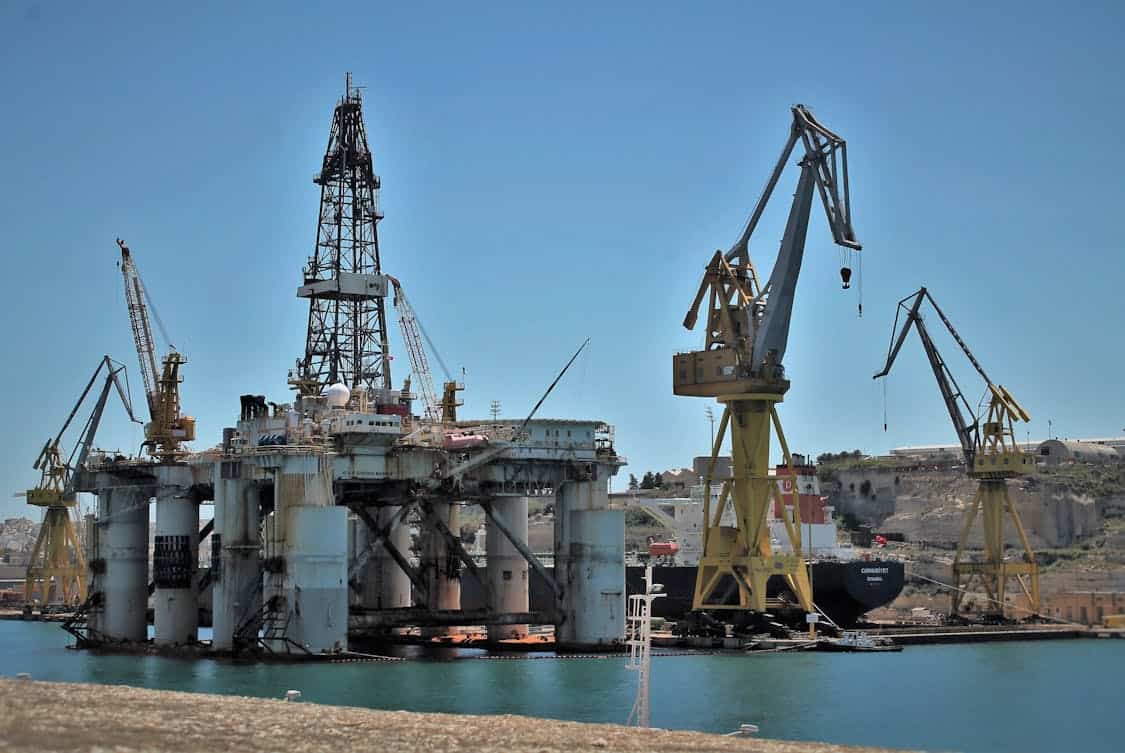Crane mats play a pivotal role in the construction and heavy lifting industries. These specialized mats provide a stable and supportive platform for cranes and other heavy equipment, ensuring safety and efficiency on job sites.
Understanding the various types of crane mats available and their respective applications can significantly impact project success.
What are Crane Mats?
Crane mats, also known as crane pads or rig mats, are engineered to distribute the weight of heavy equipment over soft or unstable ground. They are typically made from timber, steel, or composite materials.
Depending on the project requirements, these mats help prevent ground deformation and protect the underlying soil or asphalt.
The use of Crane Mats can enhance the performance of cranes by providing a solid foundation. Without them, equipment may sink into the ground, leading to operational delays and potential safety hazards.
Proper selection based on specific project needs is essential for maximizing their efficacy.
Types of Crane Mats
Wooden Crane Mats
Wooden crane mats are a classic choice, well-regarded for their strength and versatility. Generally constructed from high-quality hardwoods, these mats offer significant load-bearing capabilities.
They are ideal for temporary work sites, where mobility and ease of installation are critical.
One of the notable advantages of wooden mats is their natural ability to absorb shock and vibrations. This characteristic can be particularly beneficial in sensitive environments, where minimizing disturbance is paramount.
However, it is essential to monitor them for wear and tear, as prolonged exposure to moisture may lead to deterioration.
Steel Crane Mats
Steel crane mats provide exceptional durability and strength, making them suitable for heavy-duty applications. They are typically designed for permanent installations or projects requiring a long lifespan.
Steel mats can withstand extreme loads and are resistant to environmental factors such as moisture, chemicals, and UV radiation.
The main downside of steel mats is their weight and cost. Transporting and handling steel mats can be cumbersome, which may not be practical for short-term projects.
However, when longevity and strength are the priorities, steel mats prove to be an effective solution.
Composite Crane Mats
Composite crane mats are engineered from a blend of materials, combining the benefits of both wood and steel. These mats are typically lightweight yet incredibly durable, making them easy to transport and install.
Composites are resistant to moisture, decay, and UV damage, which extends their lifespan significantly.
The versatility of composite mats allows them to be used in various applications, from temporary job sites to more permanent structures. However, the cost of composite mats can be higher than traditional wooden options, which may limit their use in budget-sensitive projects.
Applications of Crane Mats
Construction Sites
In construction, crane mats are indispensable. They provide stability and weight distribution for cranes and other heavy equipment.
This support is crucial when working on uneven terrain, where the risk of sinking or tipping is elevated. From high-rise buildings to infrastructure projects, crane mats enhance safety and efficiency on-site.
Moreover, crane mats help protect the ground, minimizing damage to existing surfaces. This characteristic is especially beneficial in urban settings where maintaining the integrity of the surrounding environment is essential.
Oil and Gas Industry

The oil and gas sector often operates in remote and challenging landscapes. Here, crane mats prove invaluable for accessing drilling sites and ancillary operations.
They facilitate the movement of heavy machinery and vehicles across unstable terrain, ensuring that operations can proceed without interruption.
Crane mats in this industry also help mitigate environmental impact. By distributing weight evenly, they reduce soil compaction and erosion, which can be significant concerns in fragile ecosystems.
Renewable Energy Projects
With the push for renewable energy, crane mats have found applications in wind and solar energy projects. For wind turbine installations, the heavy equipment must often navigate uneven fields or coastal areas.
Crane mats provide the necessary support for cranes and transport vehicles while minimizing ground disturbances.
In solar farms, crane mats protect sensitive land while allowing for the movement of equipment. This adaptability makes crane mats a preferred choice in sustainable project planning.
Military and Disaster Relief Operations
In military applications and disaster relief scenarios, crane mats are used to create temporary access roads. These mats can be deployed quickly, allowing heavy vehicles to traverse difficult terrains such as mud, sand, or snow.
Their portability and ease of installation are crucial in time-sensitive situations.
Military operations may also require the establishment of temporary bases. Crane mats provide stable platforms for equipment and personnel, aiding in logistical efforts during critical missions.
Selection Criteria for Crane Mats
Load Capacity
When choosing crane mats, load capacity is a primary factor. Each mat type has a specified weight limit, and it’s crucial to select one that can accommodate the expected loads. Overloading a mat can result in failure and lead to accidents.
Ground Conditions
Assessing the ground conditions is also essential. Soft or unstable ground may require thicker or more robust mats to prevent sinking. Understanding the type of terrain and its characteristics will guide the selection process.
Environmental Impact
Environmental considerations are becoming increasingly important in project planning. Using crane mats that minimize soil compaction and protect underlying ecosystems is essential.
Composites often excel in this area due to their lightweight nature and resistance to decay.
Cost Considerations
Lastly, budgets play a vital role in decision-making. While high-quality materials may come with a higher upfront cost, their longevity and reduced maintenance needs can make them more economical in the long run.
Balancing cost with performance is key to making an informed choice.
Maintenance and Care
Proper maintenance of crane mats can prolong their lifespan and ensure safety on job sites. Wooden mats should be inspected regularly for signs of rot or damage, particularly after exposure to moisture.
They may need to be treated with preservatives to extend their durability.
Steel mats require checks for corrosion, especially in coastal or industrial environments. Regular cleaning can help maintain their integrity and appearance.
Composite mats should be inspected for cracks or deformities, as these can compromise their effectiveness.
The Future of Crane Mats
Innovation in material science is likely to influence the future of crane mats. Emerging technologies may lead to lighter, stronger materials that further enhance performance.
Sustainability trends will also drive the development of environmentally friendly options, aligning with the increasing focus on green construction practices.
As the construction and heavy lifting industries continue to evolve, crane mats will remain a fundamental component. Their adaptability across various applications showcases their importance in modern engineering practices.
Understanding the types and proper applications of crane mats will help pave the way for safer and more efficient job sites.
